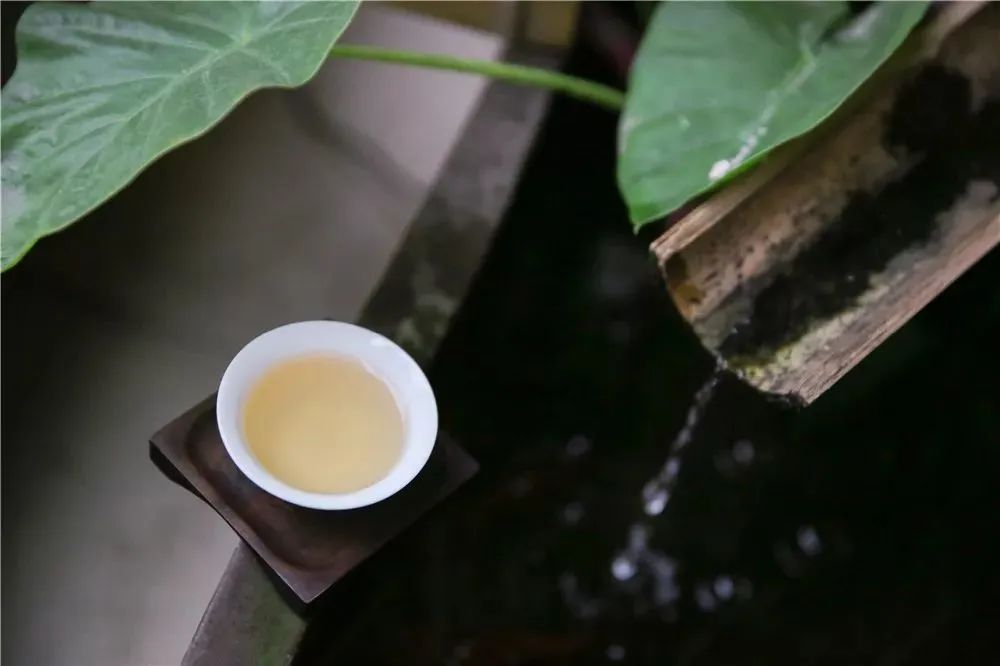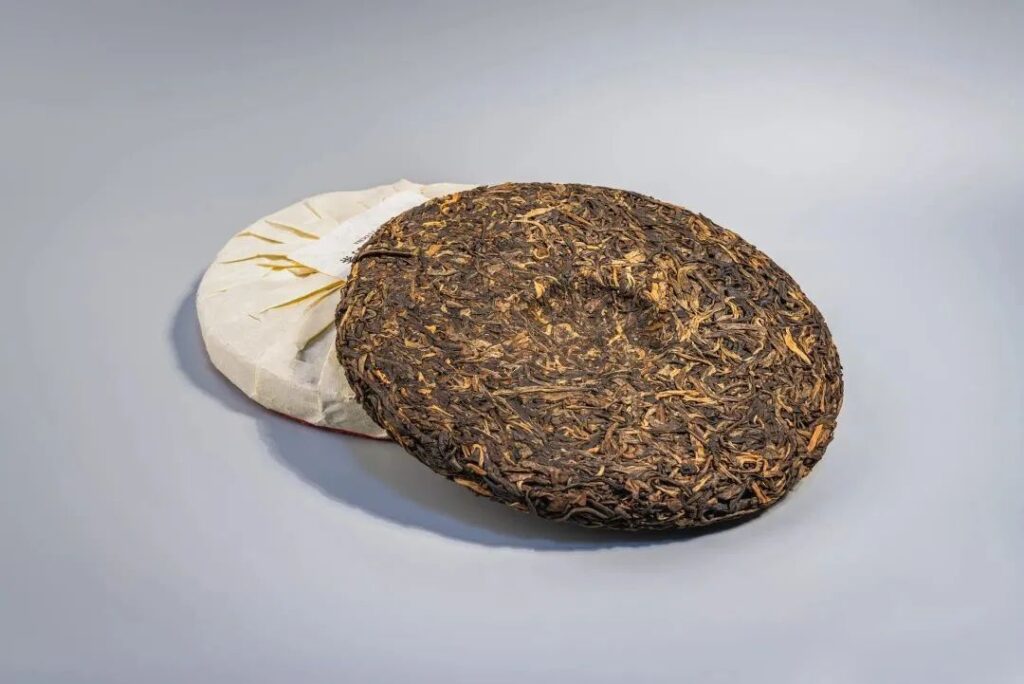After storage, the aroma and taste of tea can change to some extent. If exposed to high temperature, high humidity, and sunlight, tea can deteriorate rapidly. Therefore, to enjoy a good cup of tea, one must learn how to store it properly. It would be a pity if improper storage affects the taste.
01 Light
02 Jar Storage Method
The container chosen for the jar storage method must be dry, odorless, and tightly sealed. Common containers include earthenware pots and stainless steel barrels. It is important to note that tea is generally not suitable for mixed storage, as different tea fragrances are distinct, and mixing them can lead to the loss of their original characteristics due to mutual contamination. Suitable for Yellow Tea: Storing yellow tea in a pottery jar helps maintain dryness. Specific method: Wrap the tea with kraft paper or other thick paper. Place the tea into the pottery jar, with lime bags in the middle, the size of which depends on the situation. Use cotton or thick paper to line the jar’s mouth to reduce air circulation. Generally, after more than a month, check and replace the lime if its color has darkened. 03 Bottle Storage Method The inner lining of a thermos bottle has excellent light protection, insulation, and air isolation properties. It is important to choose a thermos with good insulation performance. Suitable for Oolong Tea: Storing oolong tea in a thermos bottle is also a good option, ensuring the lid is tightly closed and the bottle mouth is sealed with white wax. Specific method: Fill the dry tea into the bottle, usually to the brim, leaving as little space as possible inside the bottle; Tighten the bottle mouth with a stopper, and if sealed with wax and wrapped with adhesive tape, the effect will be even better. This mainly prevents air from entering the bottle. 04 Bag Storage Method The bag storage method is the most commonly used and one of the simplest and most economical methods for home tea storage. It is important to note that the plastic bag must be a food packaging bag, preferably a high-density, high-strength one. Black tea and white tea are not suitable for sealed plastic bags. Suitable for Black Tea and White Tea: Black and white teas are not suitable for plastic bag sealing. Specific method: Package the tea with soft paper or kraft paper, then put it into a plastic bag and tie the mouth with a string. 05 Cold Storage Method Since tea is prone to accelerate oxidation or spoilage at higher temperatures, it is suitable to store tea in a cool place, which can slow down its automatic oxidation rate. Suitable for Green Tea: Green tea is most suitable for storage in the refrigerator. Black tea, oolong tea, and dark tea do not need to be stored in the refrigerator. Because black tea and oolong tea have low levels of polyphenols, they spoil slowly and are easy to store. Dark tea contains beneficial bacteria, and enzymes need to function in a ventilated, cool, and dry environment. White tea is durable and its storage is more environmentally friendly; it does not require low-temperature preservation, only normal temperature odor protection is needed. Specific method: If the storage time is short and it needs to be consumed at any time, it can be placed in the refrigerator, with the temperature controlled around 5°C. If unopened and needs to be stored for more than a year, it should be placed in the freezer.Having fine tea at home requires proper storage conditions to maximize its collectible value. Try the following methods to ensure your tea remains in optimal condition.


